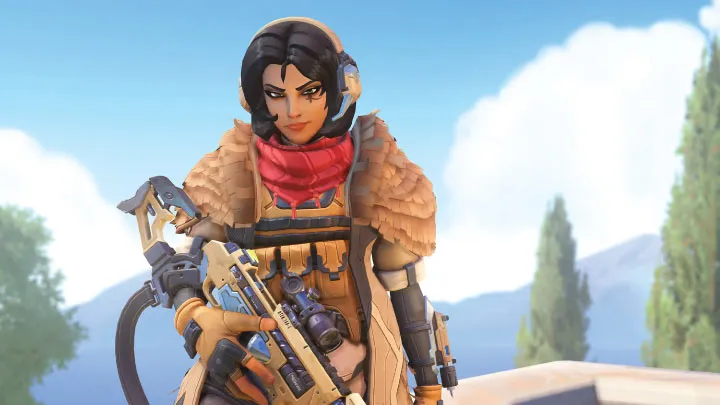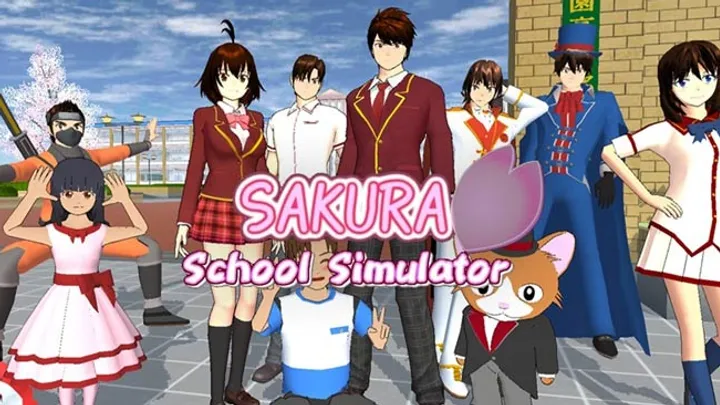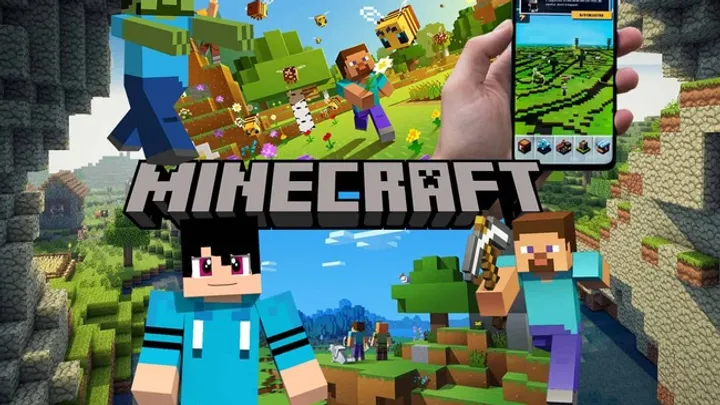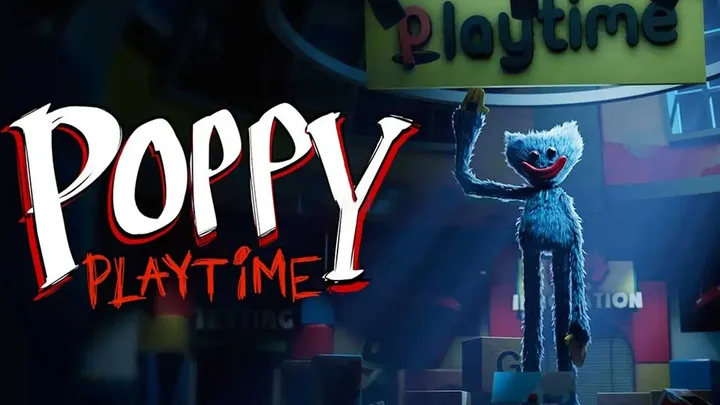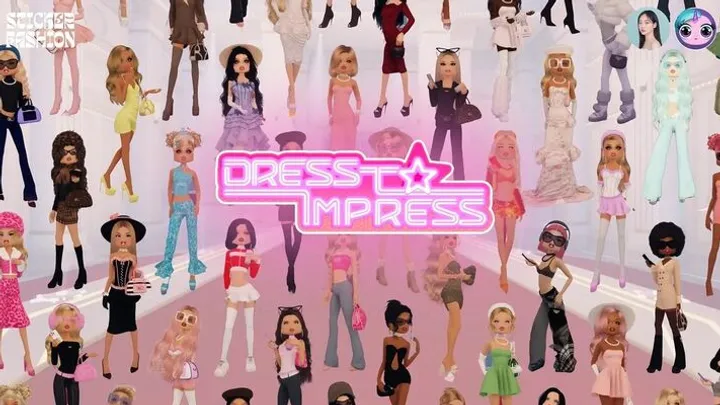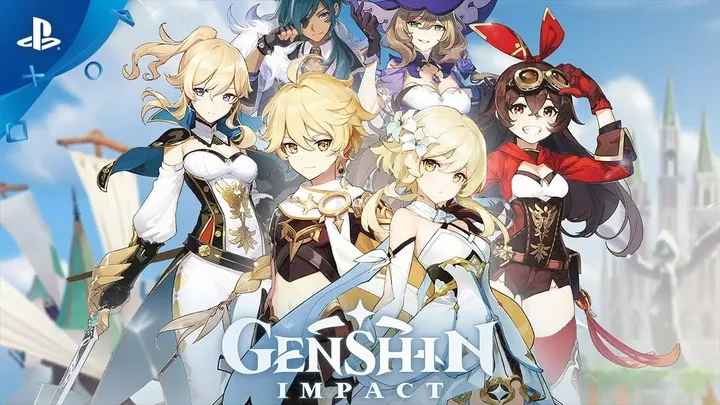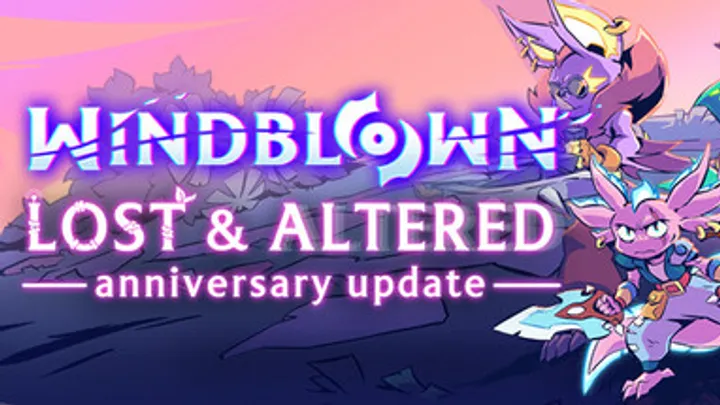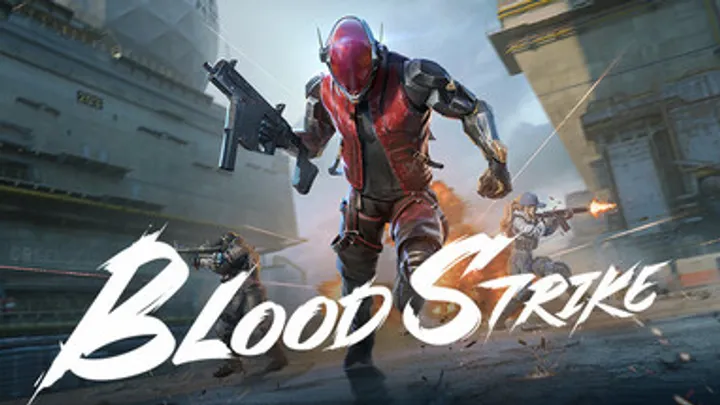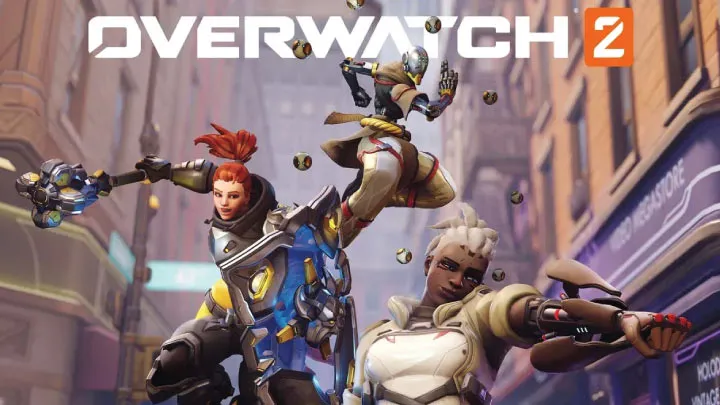
Overwatch, developed by Blizzard Entertainment, has been a defining title in the first-person shooter genre since its release in May 2016. With its vibrant characters, diverse gameplay styles, and team-based mechanics, Overwatch emphasizes cooperation and strategy. However, one of the most significant ongoing issues within the game is hero balance—how the strengths and weaknesses of each character affect gameplay and the competitive scene. This article delves into the complexities of hero balance in Overwatch, examining the evolution of balance changes, their impact on the meta, and the broader implications for player engagement and competitive integrity.
Understanding Hero Balance
The Importance of Balance in Team-Based Games
In team-based games like Overwatch, hero balance is crucial for ensuring that all characters remain viable and engaging. A well-balanced roster allows players to experiment with different heroes and strategies, fostering a dynamic gameplay experience. Conversely, if certain heroes dominate the meta, it can lead to frustration and diminish the overall enjoyment of the game.
Hero balance affects not only individual matches but also the competitive landscape. A healthy balance encourages diversity in hero selection, allowing players to explore various compositions and strategies. This diversity is essential for maintaining a vibrant and engaging competitive scene.
The Challenges of Balancing Heroes
Balancing heroes in Overwatch is a complex task that involves numerous factors, including character abilities, win rates, and player feedback. Blizzard's development team must consider how changes to one hero can impact the overall game dynamics. For instance, buffing a character may make them more viable, but it could also disrupt the balance if they become too powerful compared to others.
The challenge lies in finding a balance that keeps the game enjoyable for players of all skill levels. Changes that benefit competitive play may not resonate with casual players, and vice versa. Striking this balance requires a delicate approach, as the team must navigate the diverse needs of the player base.
The Evolution of Balance Changes
Early Days: Establishing the Meta
In the initial months following Overwatch's release, the hero meta was still developing. Players were still discovering the strengths and weaknesses of each character, leading to a varied selection of heroes in competitive play. Early balance changes focused on tweaking heroes that were either underperforming or overperforming.
For example, Winston and Reinhardt emerged as dominant tanks, while characters like Tracer and Genji gained popularity for their mobility and damage output. Blizzard responded to this early meta by introducing balance changes that aimed to diversify character usage and encourage players to experiment with different heroes.
The Impact of the First Major Patch
The first major balance patch, released in July 2016, introduced significant changes to several heroes, including McCree and Zarya. These adjustments were aimed at promoting a healthier competitive environment and encouraging players to explore alternative strategies. The patch also marked the beginning of Blizzard's ongoing commitment to refining hero balance based on player feedback and data analysis.
This dedication to balance became a hallmark of Overwatch's development process, as subsequent patches continued to address player concerns and evolving gameplay dynamics. Players quickly adapted to the changes, leading to shifts in hero popularity and the strategies employed in matches.
The Role of Community Feedback
Engaging with Players
Blizzard's approach to hero balance has involved actively engaging with the community. The development team often communicates with players through forums, social media, and official channels, seeking feedback on hero performance and balance concerns. This open dialogue has allowed players to feel invested in the game's evolution.
Incorporating community feedback into balance changes has proven essential for maintaining player satisfaction. When players feel heard and see their concerns addressed, it fosters a sense of trust between the community and the developers. This relationship is crucial for the long-term health of the game.
The Influence of Professional Play
The competitive scene has also played a significant role in shaping balance decisions. Professional players and teams often showcase specific strategies and hero compositions during tournaments, influencing the broader meta. When a particular hero or strategy becomes dominant in the competitive scene, it can prompt Blizzard to make adjustments to restore balance.
For instance, if a hero is consistently picked in high-level play, developers may analyze their performance and consider adjustments to ensure that other heroes remain viable. The interplay between community feedback and professional play creates a dynamic environment where balance changes can quickly impact the game's meta.
The Impact of Hero Changes on the Meta
Shifts in Hero Popularity
As balance changes are implemented, shifts in hero popularity often occur. For example, when a hero receives a significant buff, players may flock to them, leading to an increase in their usage in both casual and competitive matches. Conversely, if a hero is nerfed, players may abandon them in favor of more viable options.
These fluctuations in hero popularity can create a cyclical effect, where certain heroes rise and fall in prominence based on the ongoing balance changes. This dynamic keeps the gameplay experience fresh, as players are encouraged to adapt their strategies and explore new heroes.
The Cyclical Nature of the Meta
The ever-evolving nature of the meta in Overwatch is a testament to the impact of hero balance. As players experiment with different characters and strategies, the meta continually shifts, leading to new approaches in gameplay. This cyclical nature of the meta fosters an environment of discovery, where players are encouraged to adapt and innovate.
For instance, when Baptiste was introduced, his unique abilities altered the dynamics of team compositions. His ability to provide healing, damage amplification, and a protective barrier encouraged players to rethink their strategies. The subsequent balance changes to Baptiste and other support heroes further influenced the meta, leading to new compositions and strategies that emphasized the importance of healing and utility.
The Challenges of Overpowered Characters
The Consequences of Imbalance
One of the most significant challenges in hero balance is addressing overpowered characters. When a hero becomes too strong, it can lead to a lack of diversity in hero selections, as players gravitate toward the most effective options. This phenomenon can create frustration among players who enjoy exploring a variety of characters and strategies.
For example, when Brigitte was introduced, her kit provided an overwhelming balance of healing, damage, and crowd control, leading to her dominance in the meta. Players quickly recognized the effectiveness of her abilities, resulting in a surge of Brigitte players in both casual and competitive matches. This imbalance created a cyclical effect, where players felt compelled to play Brigitte to remain competitive.
The Balancing Act
Addressing overpowered characters requires a careful balancing act. Blizzard must consider the impact of nerfs on the affected hero while also evaluating how changes will influence the overall meta. The goal is to restore balance without diminishing the enjoyment and uniqueness of the character.
When nerfing an overpowered character, developers often explore multiple options to find a solution that maintains the hero's identity while reducing their effectiveness. This iterative process can be challenging, as developers must weigh community feedback, professional play, and player experience to make informed decisions.
The Future of Hero Balance in Overwatch
Anticipating New Heroes and Changes
As Overwatch continues to evolve, players can expect the introduction of new heroes and ongoing balance changes. Each new hero presents both opportunities and challenges for the game's meta, as players adapt to their unique abilities and playstyles.
The introduction of new characters also prompts a reevaluation of existing heroes. Developers often analyze how new abilities interact with the current roster, leading to potential adjustments for balance. This ongoing cycle of hero introductions and balance changes ensures that the game remains dynamic and engaging.
The Role of Community Involvement
The future of hero balance will depend heavily on community involvement. Blizzard has demonstrated a commitment to listening to player feedback and incorporating it into balance decisions. As the community continues to engage with the game, their insights will play an essential role in shaping the direction of hero design and balance.
Encouraging players to share their experiences and suggestions can lead to a more inclusive environment where the developer and community collaborate to create a balanced and enjoyable experience. This partnership is critical for the long-term health of Overwatch and its player base.
The Cultural Impact of Overwatch
Heroes as Cultural Icons
The diverse roster of heroes in Overwatch has led to the emergence of cultural icons within the gaming community. Characters like Tracer, Reaper, and D.Va have transcended the game, becoming recognizable figures in gaming culture. This cultural impact is evident in fan art, cosplay, and merchandise, reflecting the deep connection players have with these characters.
The popularity of these heroes has also led to discussions about representation and diversity in gaming. Overwatch's commitment to showcasing a wide range of characters with different backgrounds and abilities has resonated with players, fostering a sense of inclusivity and acceptance within the community.
The Influence of Esports
The competitive scene of Overwatch has further amplified the cultural significance of its heroes. Professional players often showcase specific strategies and hero compositions during tournaments, influencing how the broader community approaches character selection and gameplay.
Events like the Overwatch League not only highlight the top players but also celebrate the heroes themselves, creating a sense of pride and connection within the community. The visibility of these heroes in the competitive arena contributes to their legacy, solidifying their status as icons in the gaming world.
Conclusion
The evolution of hero balance in Overwatch has had a profound impact on player engagement and the overall gameplay experience. The interplay between character design, community feedback, and competitive play has shaped a dynamic environment that continues to captivate players worldwide.
